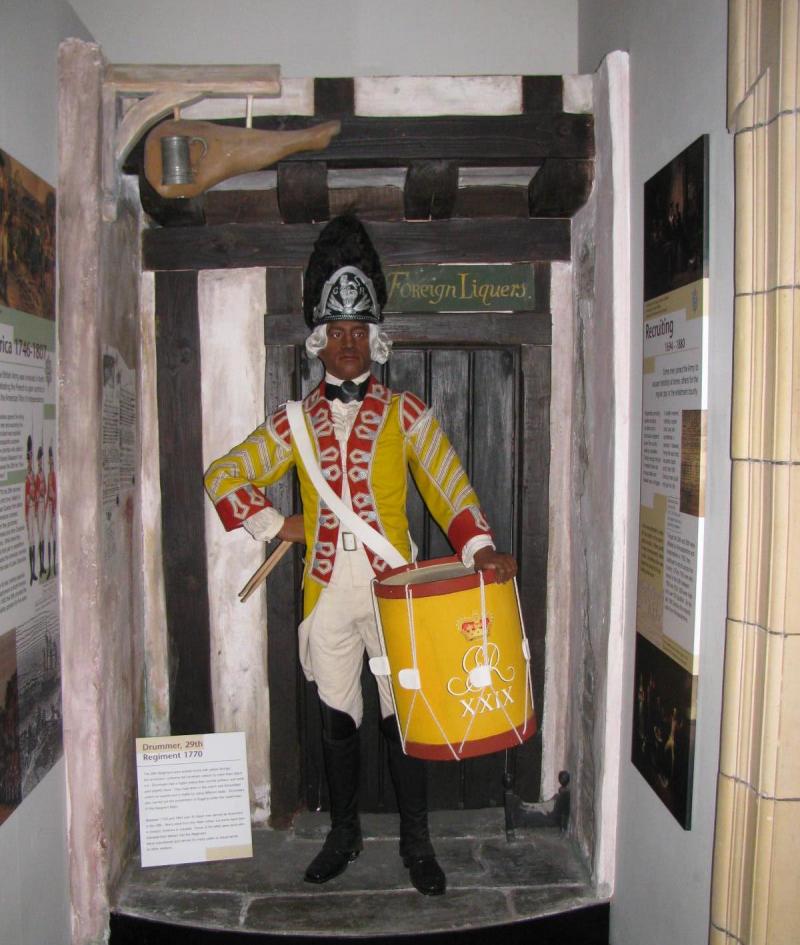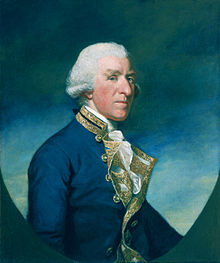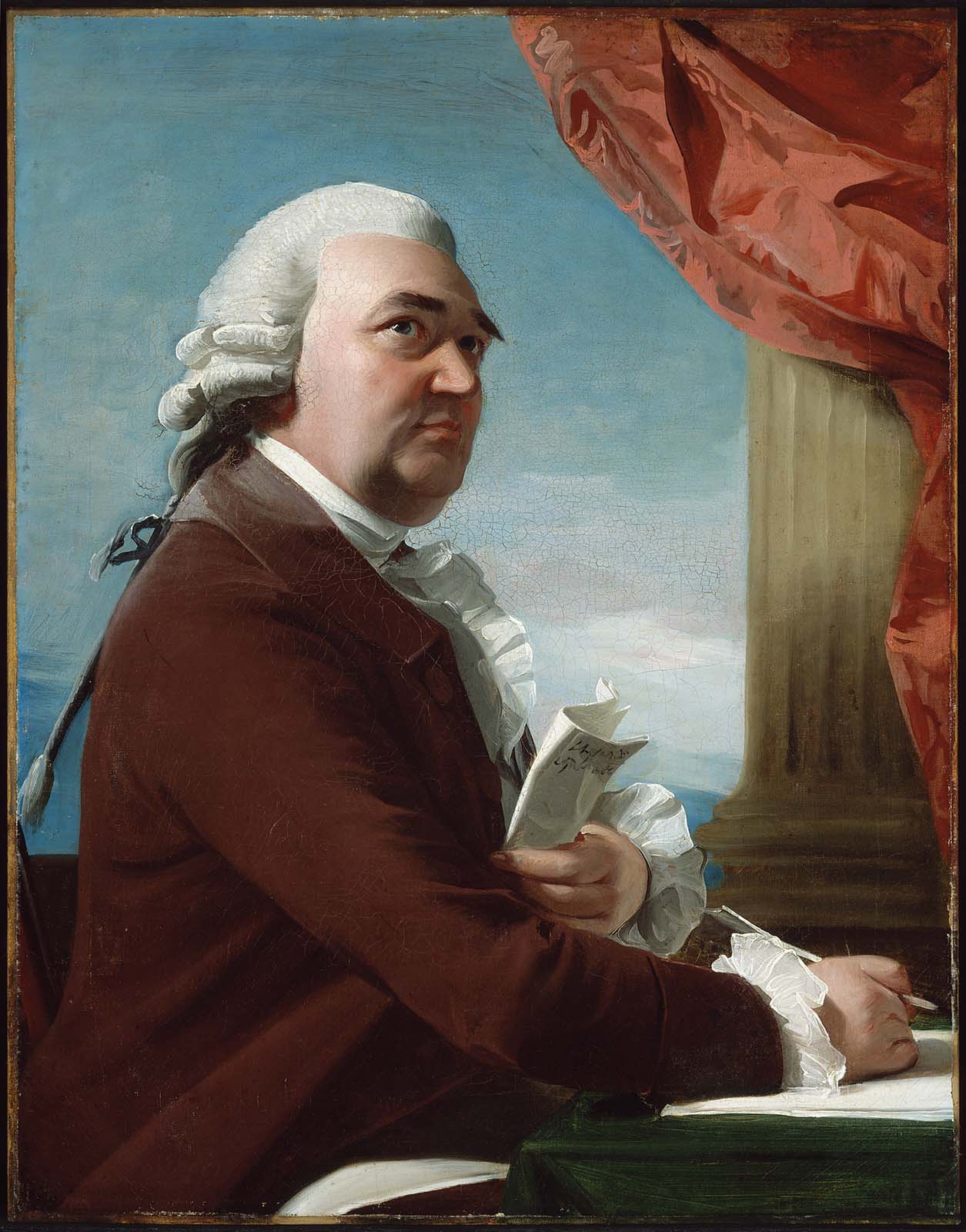The merchant captain Samuel Dashwood is one of the more dramatic characters in Revolutionary Boston, with a name out of an eighteenth-century novel to match his behavior. I’m a little surprised I’ve never mentioned him before, but I’m bringing him onto the stage now.
Dashwood was born in 1729 or so. In 1785 he told a British government commission that “He was formerly before the Mast with Sir
Peter Warren”—i.e., he served as a seaman in the
Royal Navy under the naval commander at the 1745 Louisbourg siege (shown here). Dashwood didn’t mention serving in that particular campaign, however.
Dashwood settled in Boston, marrying Ann Rustin (or possibly Rushton) in December 1756. But at first “settled” simply meant using Boston as his home base while he continued to sail across the Atlantic on trading voyages.
We can glimpse Dashwood’s comings and goings in the newspapers’
shipping news: arriving from London in
Newbury harbor in January 1759, sailing for Britain in convoy with other captains that November, arriving in Boston in October 1764, and so on.
In addition, on 8 June 1767, the decorative painter and political activist
Thomas Crafts advertised in the
Boston Gazette:
JUST imported from LONDON, in Captain Dashwood, and to be Sold by
Thomas Crafts, jun’r.
At his Shop at Raphael’s Head, opposite the Hon. Samuel Welles, Esq; Near LIBERTY-TREE, Painters Oyls and Colours, &c—&c— by Wholesale or Retail, cheap for Cash. Carpet and all Sorts of Painting.
In those same years the captain and his wife Ann, whom everyone knew as Nancy, started a family. They bought a house from her relatives in 1760. Their son Samuel, Jr., was born on 29 Sept 1761 but not immediately baptized. Perhaps Dashwood was at sea at the time. He joined the New South Meetinghouse in December, and little Samuel was baptized there on 3 January.
More children followed, steadily at first and then with increasing rapidity:
- Rushton, baptized 18 Mar 1764
- John, baptized 5 Oct 1766
- William, baptized 28 Feb 1768 and dying young
- William, baptized 24 Dec 1769
- Nancy, baptized 9 June 1771
- Pigge (presumably called Peggy), baptized 17 May 1772
- Hannah, baptized 26 Sept 1773
The Dashwood household also included
enslaved people. One was a girl or young woman named Jenney, named in the will of the free
black man John Fortune who died on 13 Nov 1764. In July 1767, Dashwood offered for sale “A likely Negro Boy of about 13 Years of Age, sold for no Fault, only for want of Employment.”
Dashwood doesn’t appear in Boston’s merchant-dominated politics in the early and mid-1760s. He may have been away too often, or he may have felt no beef with the royal government. In December 1768 he sailed into Boston harbor carrying a letter from “a Gentleman in London,” later printed in several newspapers, counseling Bostonians to drop their opposition to the
Townshend Act.
In the harbor, Dashwood met the Royal Navy ship
Senegal, then commanded by the baronet
Sir Thomas Rich. Under a previous captain, some
Senegal officers had been involved in a killing in
Rhode Island, as
described in this fine article. The ship was then part of the fleet that carried
troops from
Halifax to Boston in September 1768.
Sir Thomas was leaving Boston when Dashwood’s ship came in, and he wanted a full crew. The merchant
John Rowe recorded in his diary on 5 December what happened next:
Be it remembered that Sir Thos. Rich of the Senegall pressed all Capt. Dashwood’s hands.
By impressing an
inbound crew, Rich didn’t stop Dashwood’s ship from completing its trip, which would have infuriated all the Boston merchants involved. Even Gov.
Francis Bernard had
protested that behavior. But the impressment did force Dashwood to recruit a new crew for his next trip. And, having served “before the Mast” himself, he might have felt pity for his sailors, not allowed to land in Boston and forced to serve in the navy.
Whether or not this particular incident radicalized him, over the next couple of years Samuel Dashwood became one of the most active, militant, and forceful members of the Boston Whigs.






















